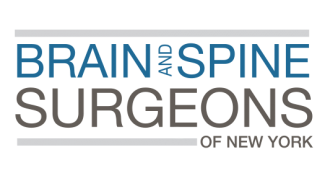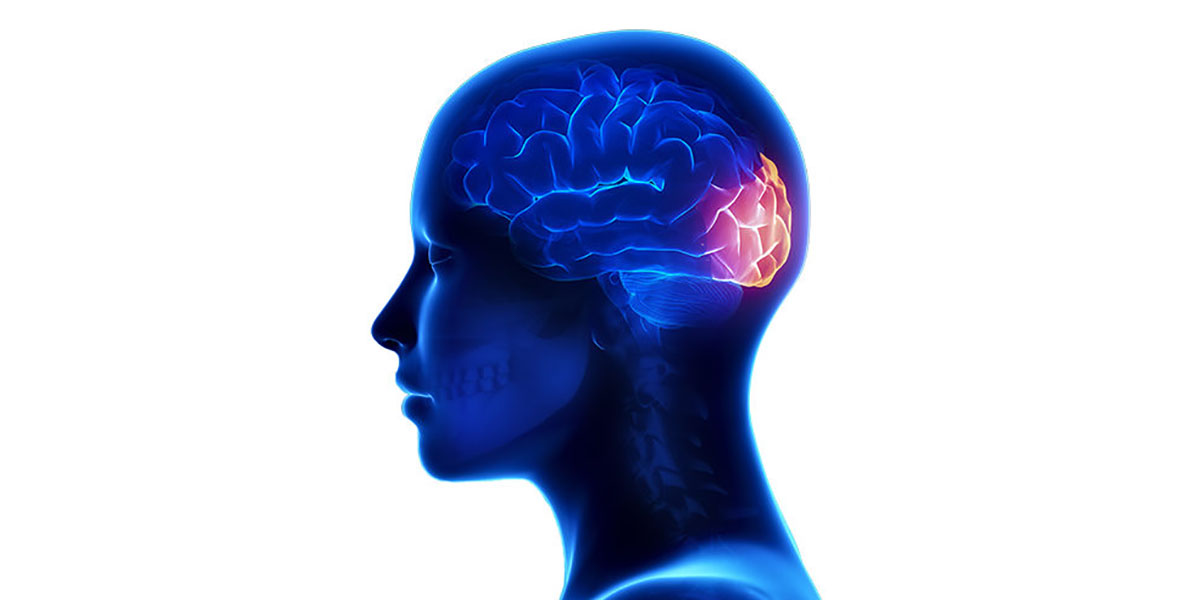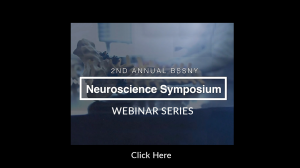
Facial & Cranial Pain Neuromodulation Procedures
Nerves play an essential role in our bodies, sending signals to and from the brain, catalyzing functions such as movement, speech, and pain. When nerves are damaged, affected by disease, or don’t conduct signals correctly, muscle weakness, involuntary movement, and chronic pain can result.
Neuromodulation provides electrical or chemical stimulation directly to the impacted nerve or nerve pathways, altering the nerve activity and restoring normal or improved function. For those living with severe facial or cranial pain, neuromodulation for facial and cranial pain relief has been proven as an effective option in even hard-to-manage disorders.
COMMON NEUROMODULATION PROCEDURES FOR FACIAL AND CRANIAL PAIN:
Occipital Nerve Stimulation
Occipital Nerve Stimulation is a procedure that may help patients suffering from chronic headaches, migraines, or occipital neuralgia. During this procedure, small electrical wires or leads are implanted at the base of the skull to provide electrical pulses to the occipital nerves and connected to a programmable battery placed under the skin near the collarbone. This implant can provide a reduction in the number of headaches and migraines experienced as well as reduce their severity.
Deep Brain Stimulation
In Deep Brain Stimulation (DBS), patients undergo surgery to implant electrodes into the deep tissue of the brain where the pain pathways are processed. Those electrodes pulse signals to help regulate body movement and pain. Often, this treatment is compared to how a pacemaker operates in the heart; blocking or modifying the abnormal signals that are causing the patient’s pain or movement disorder. For patients suffering from facial and cranial pain such as Anesthesia Dolorosa, Deep Brain Stimulation can provide an option for long-term pain management. It is also used to treat Parkinson’s Disease, Tremor, and Dystonia.
Trigeminal Branch Stimulation
Trigeminal Branch Stimulation is a neuromodulation treatment for patients suffering from facial or cranial pain, most commonly Persistent Idiopathic Facial Pain or Trigeminal Neuropathic Pain. If you suffer from constant facial pain from whatever cause, Trigeminal Branch Stimulation is a potential treatment.
Sphenopalatine Ganglion Stimulation
People suffering from Cluster Headaches or Sphenopalatine Neuralgia may experience relief through neuromodulation of the Sphenopalatine Ganglion, a nerve bundle located behind the nose. In this procedure, a small neurostimulator is inserted in nearby soft tissue deep to the cheek bone. From there, it provides modulating electrical pulses to the ganglion to control pain and headache episodes.
Motor Cortex Stimulation
Motor Cortex Stimulation places electrodes on the surface of the brain over the motor strip to control pain. During the procedure, advanced imagery is used to locate the area requiring stimulation to place the electrodes correctly. Similar to Deep Brain Stimulation, these electrodes block or adapt signals misfiring in the brain and can relieve pain for patients suffering from hard-to-manage pain conditions such as Trigeminal Neuropathic Pain.










